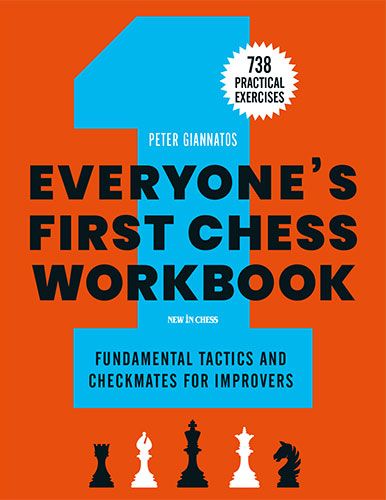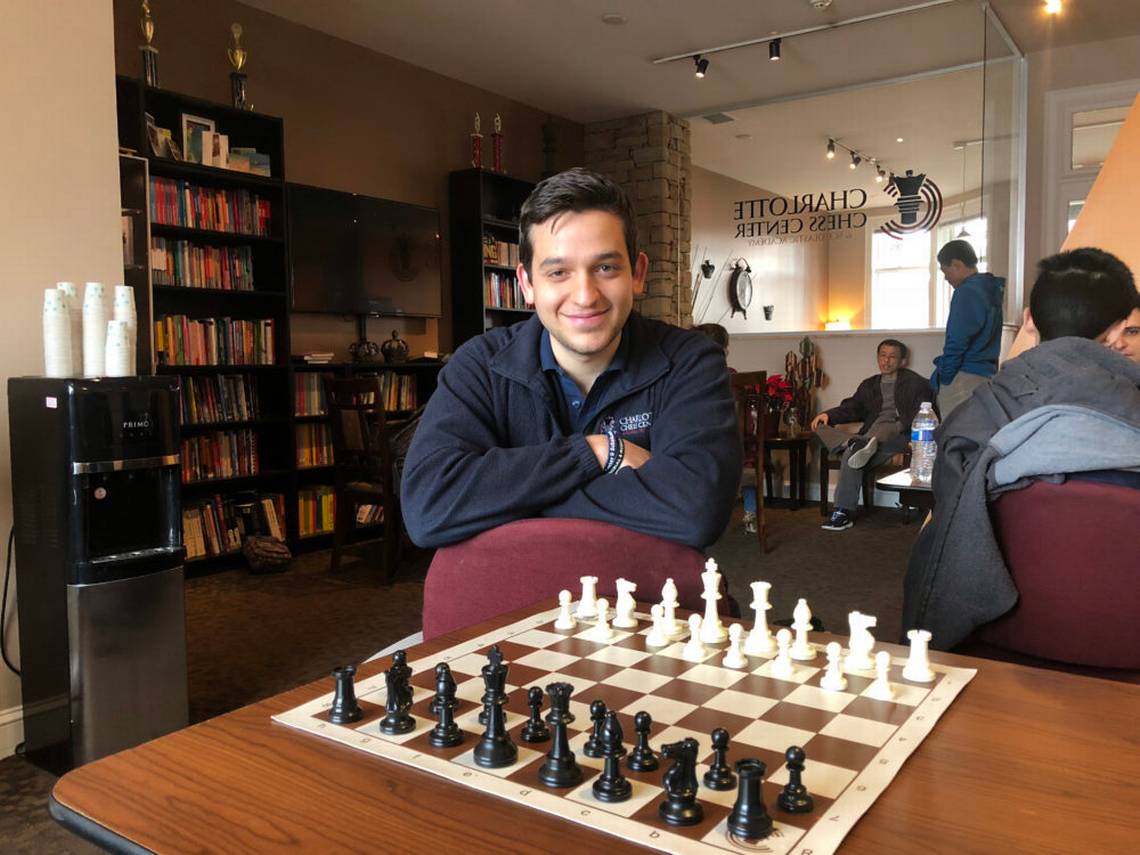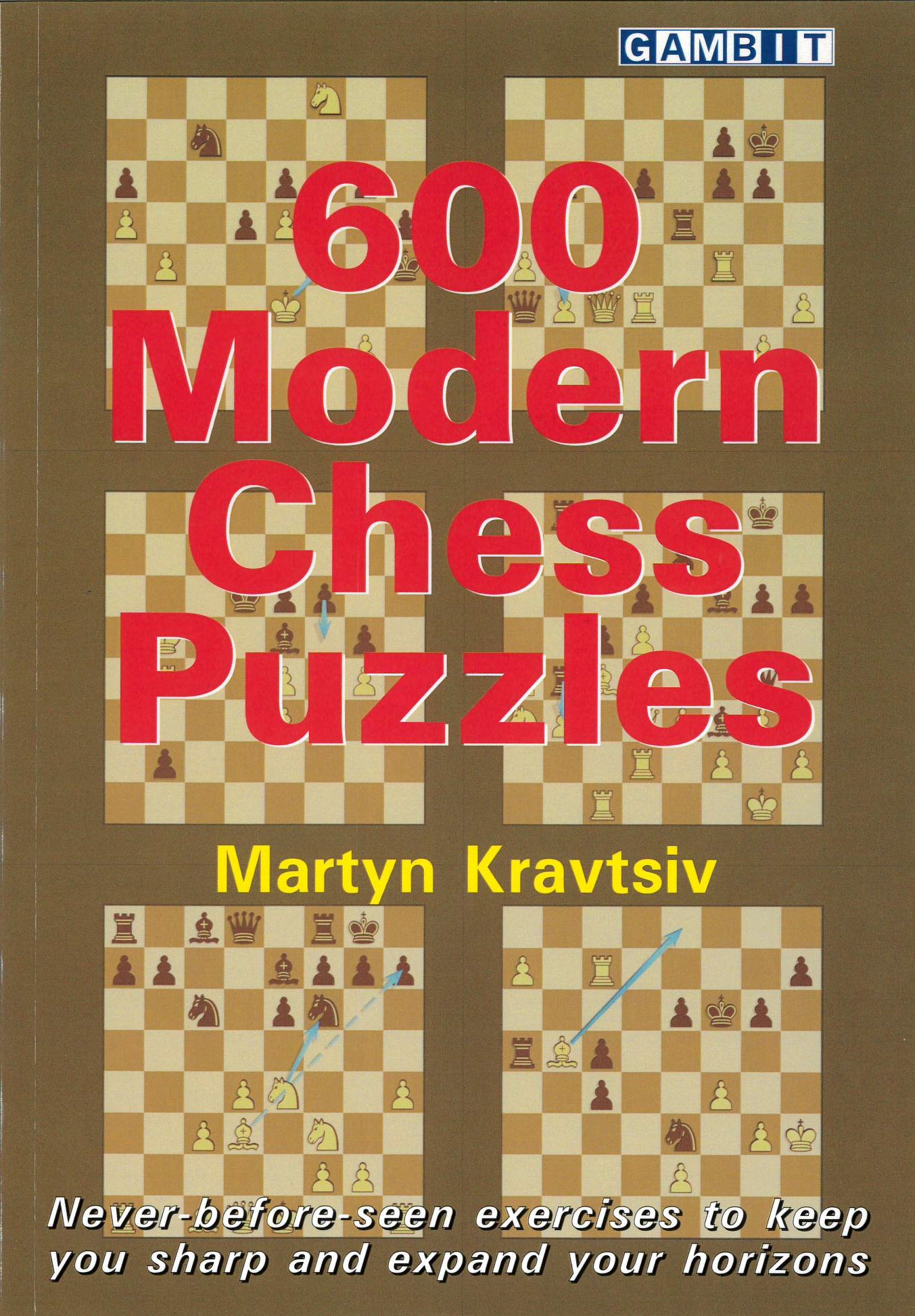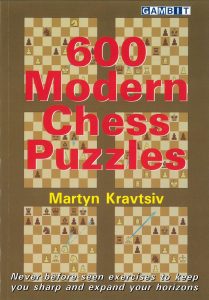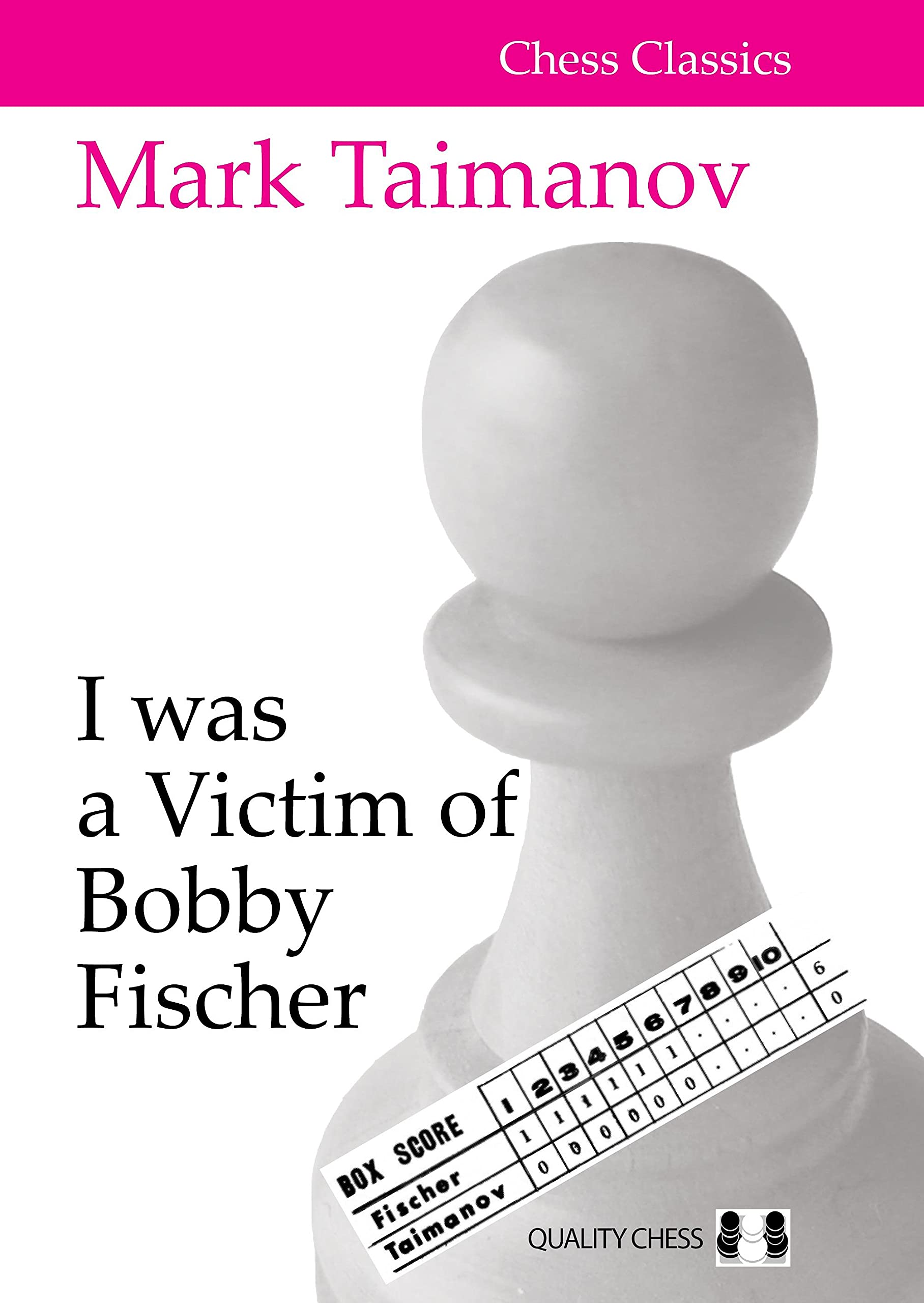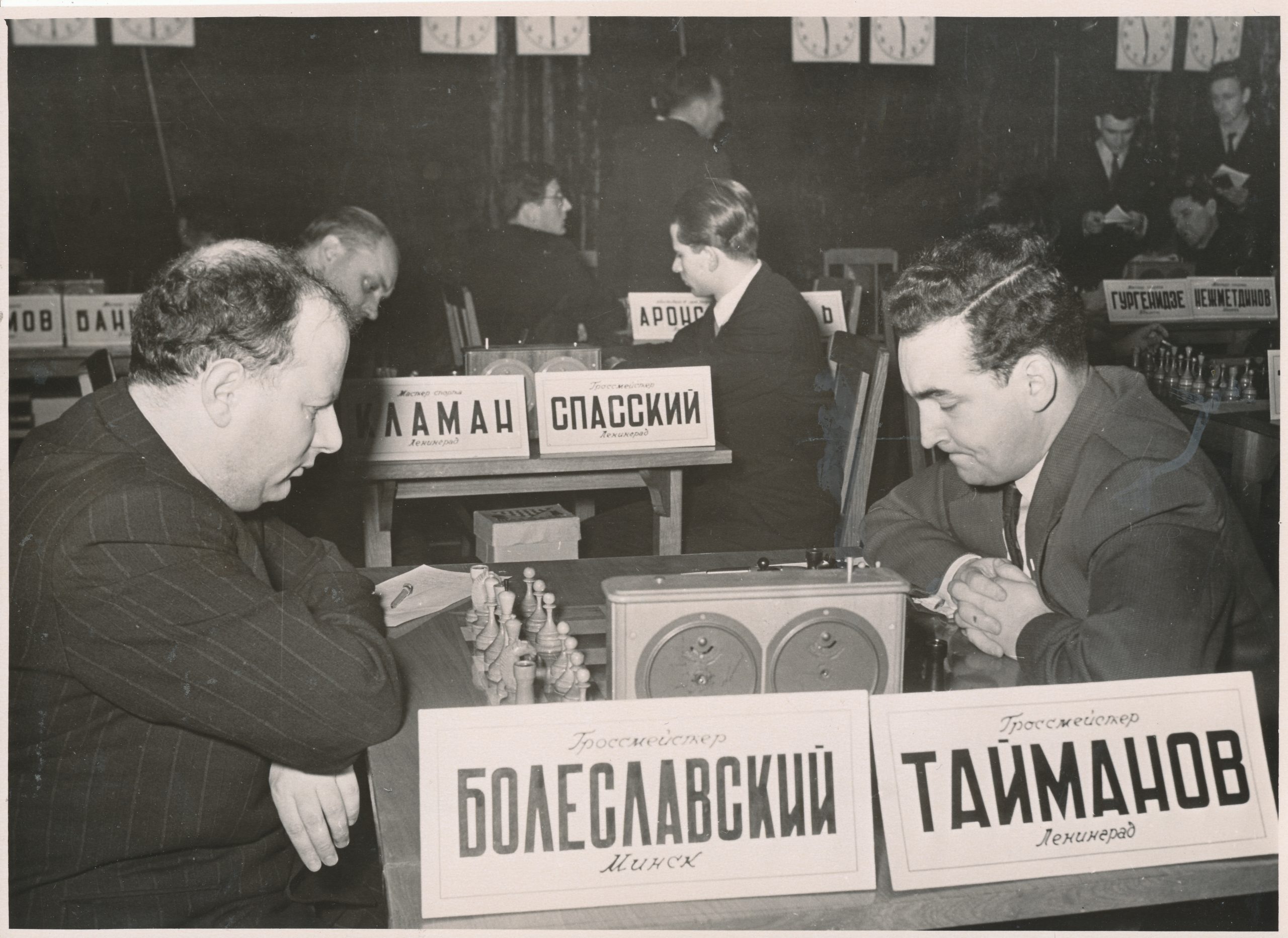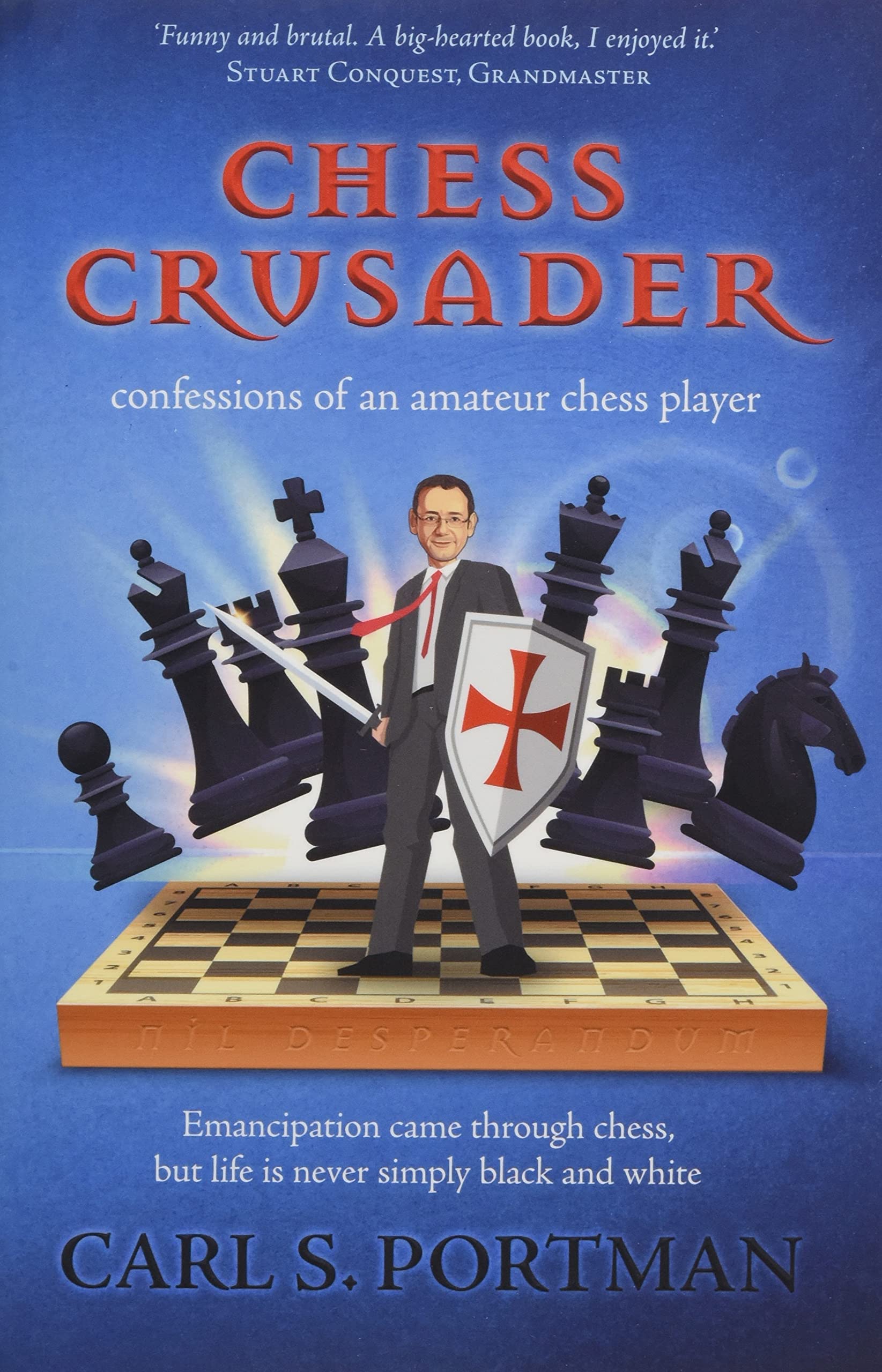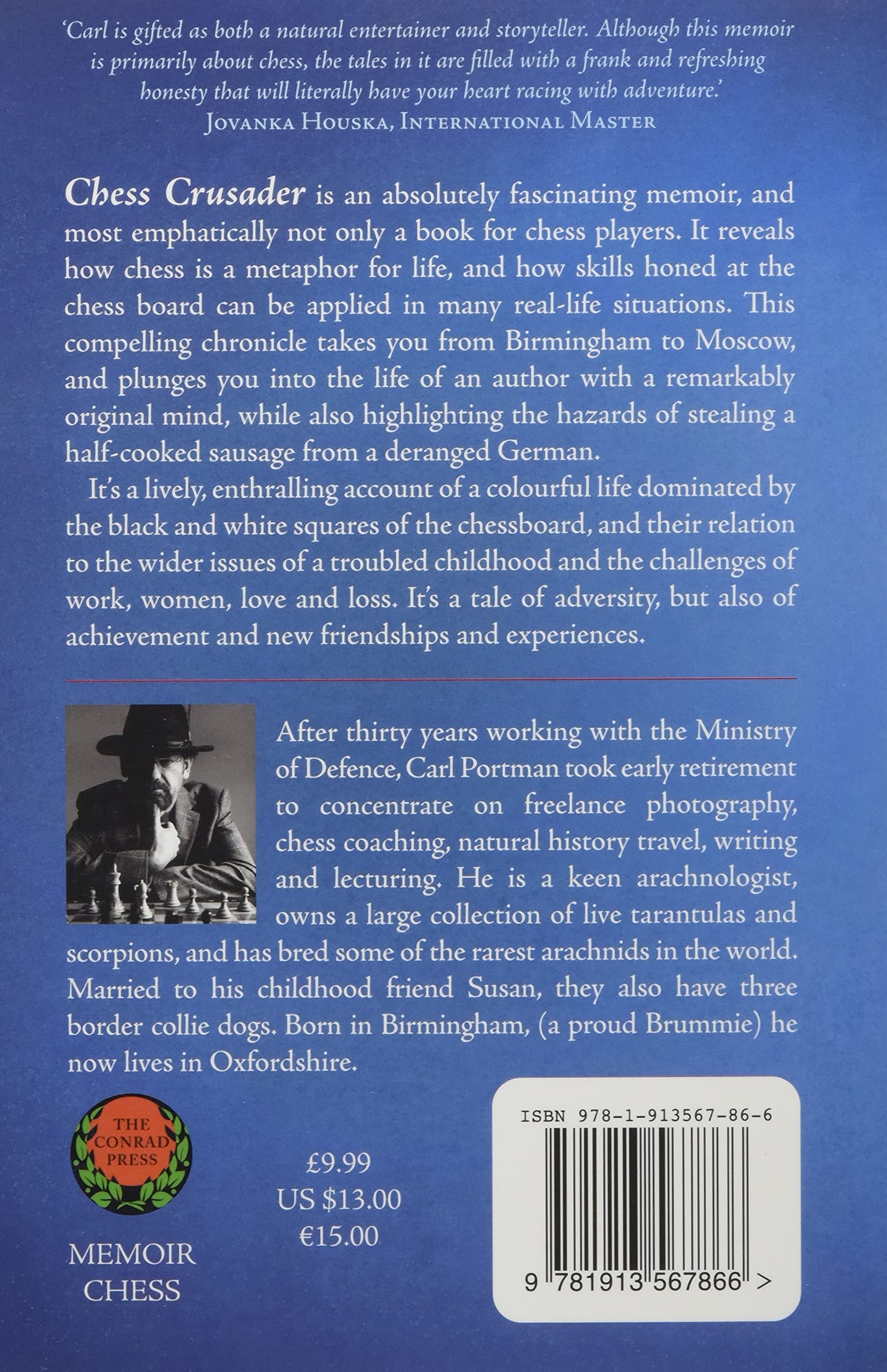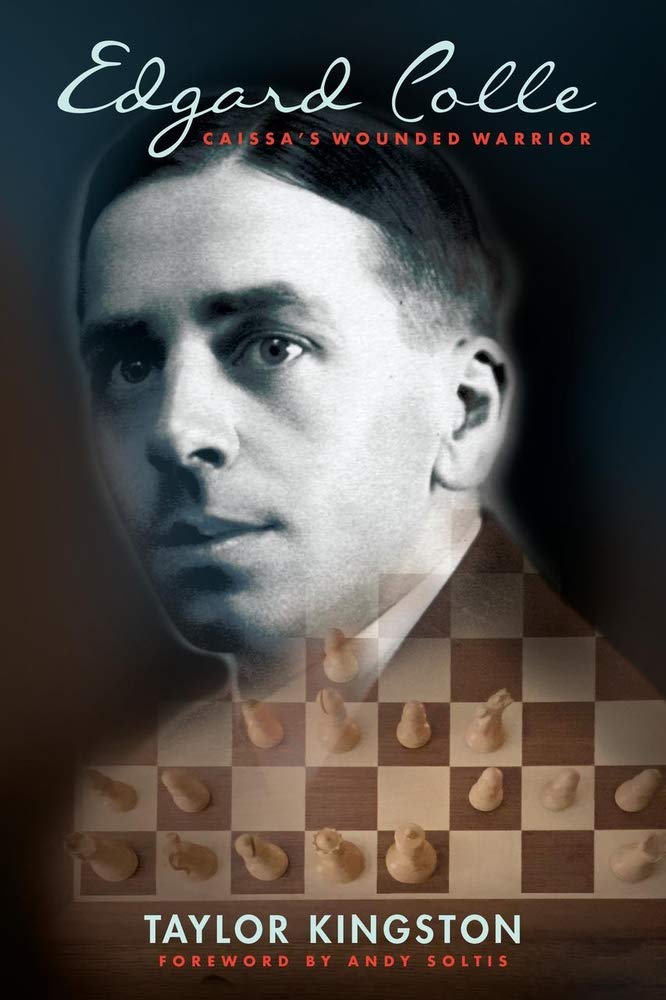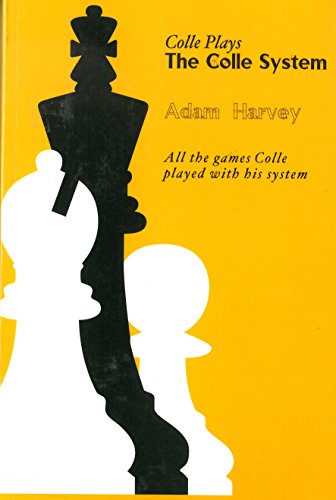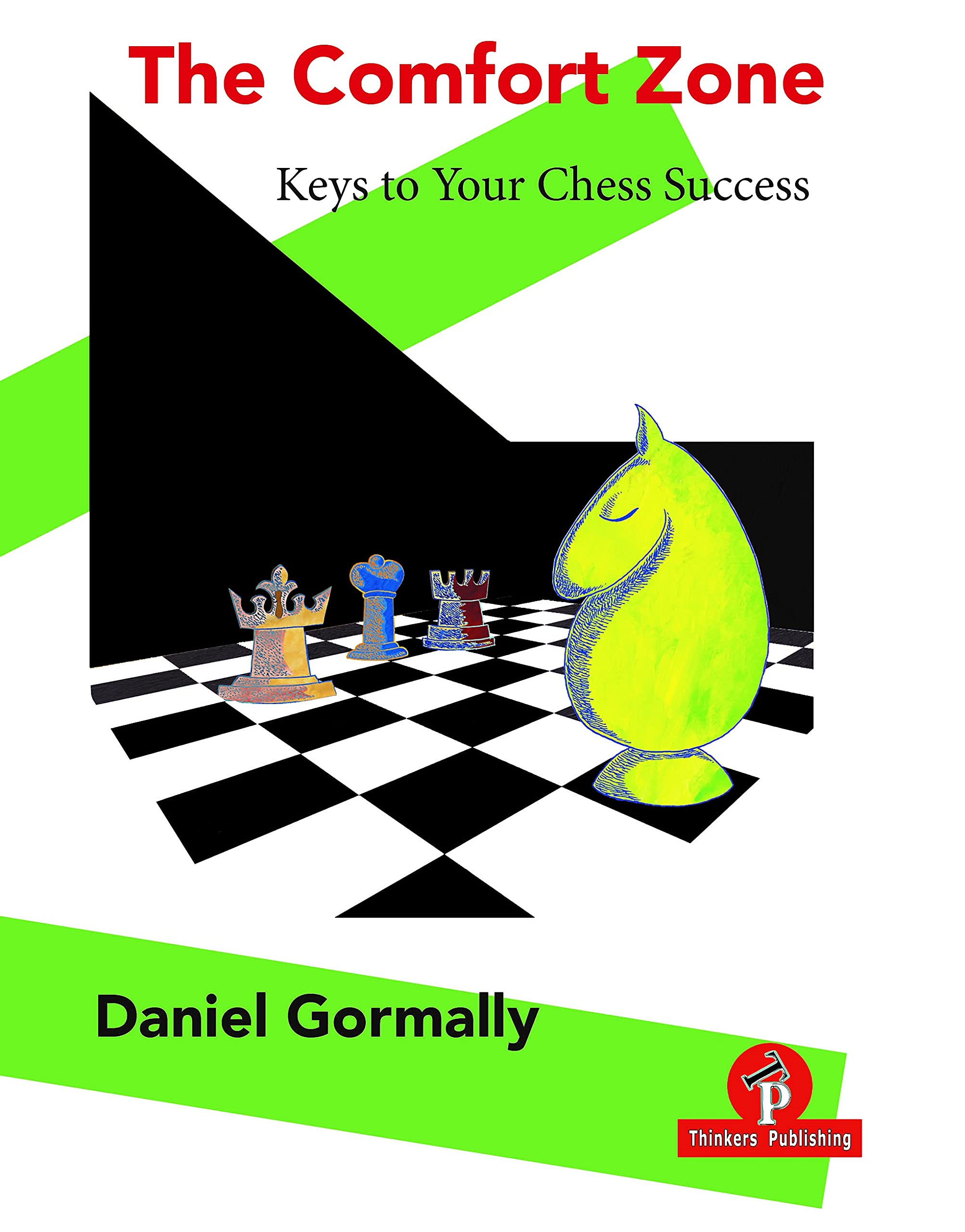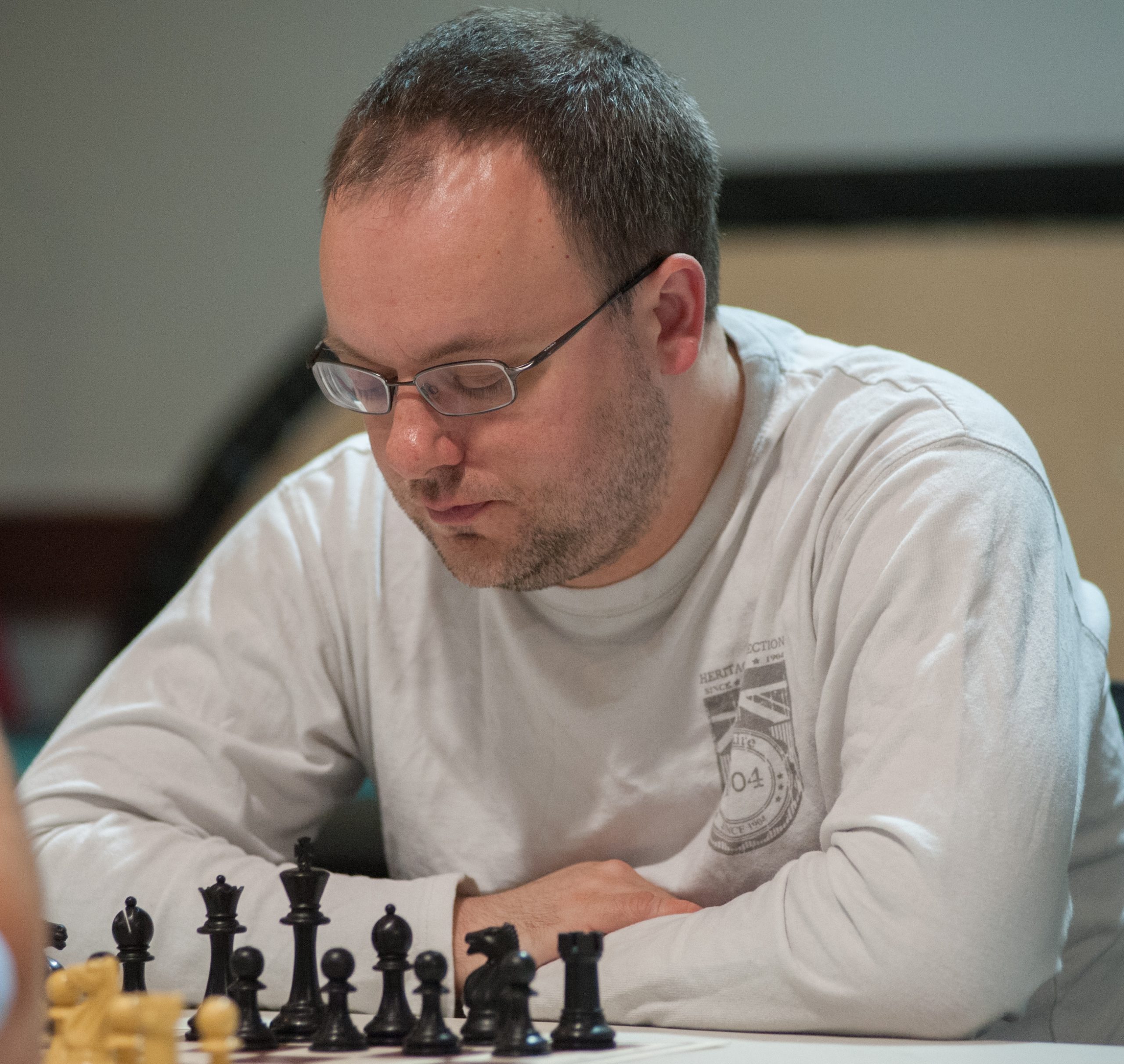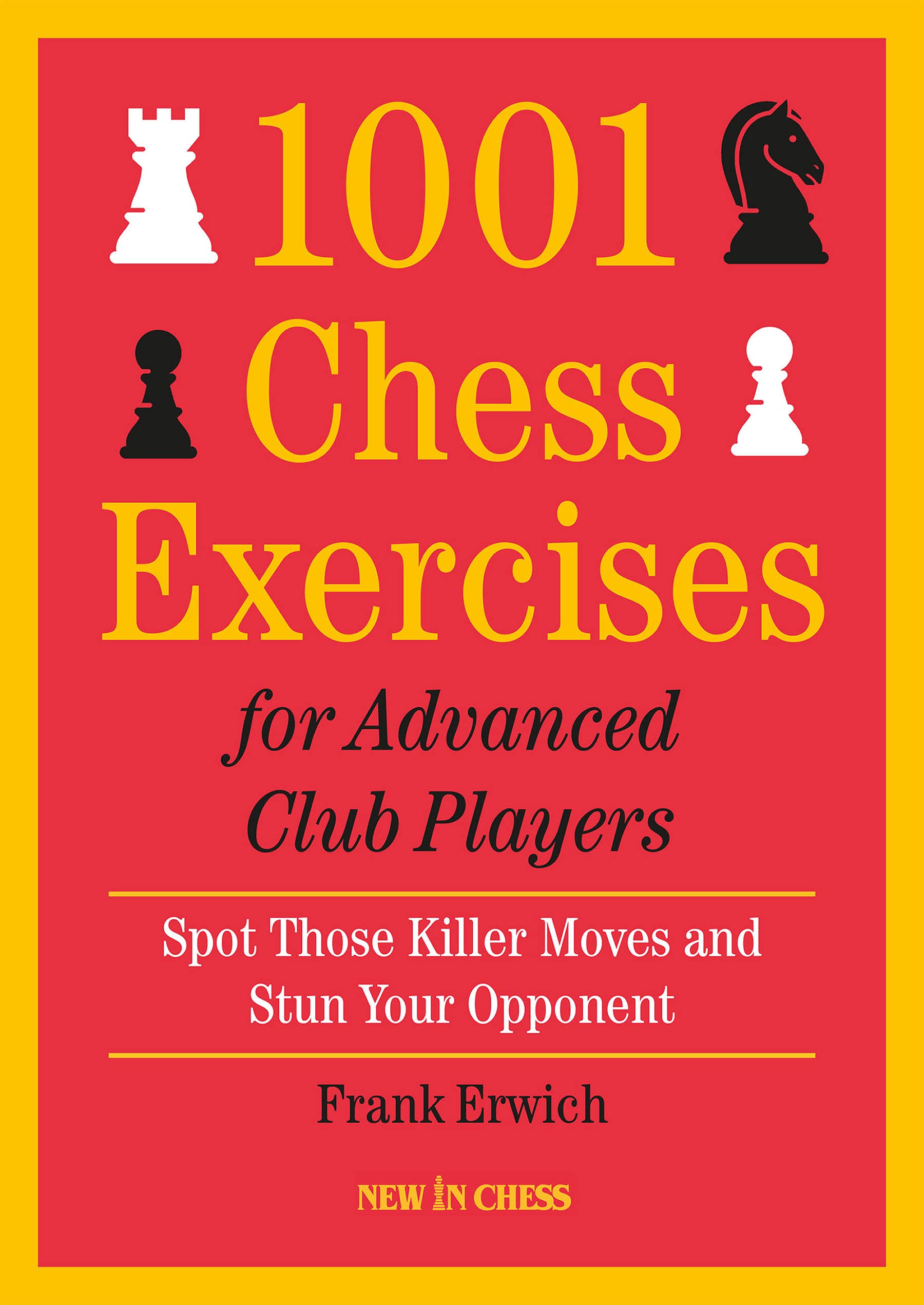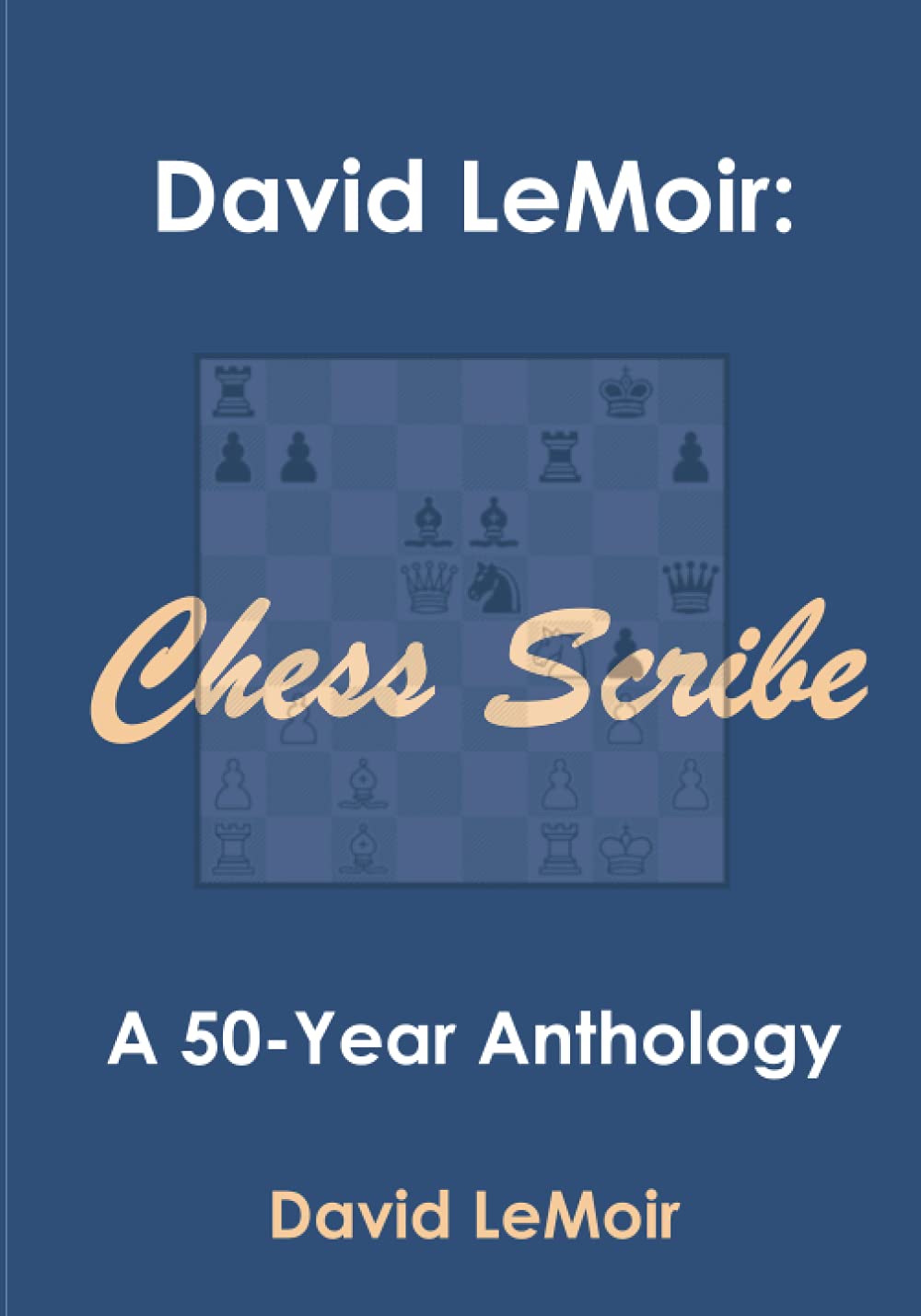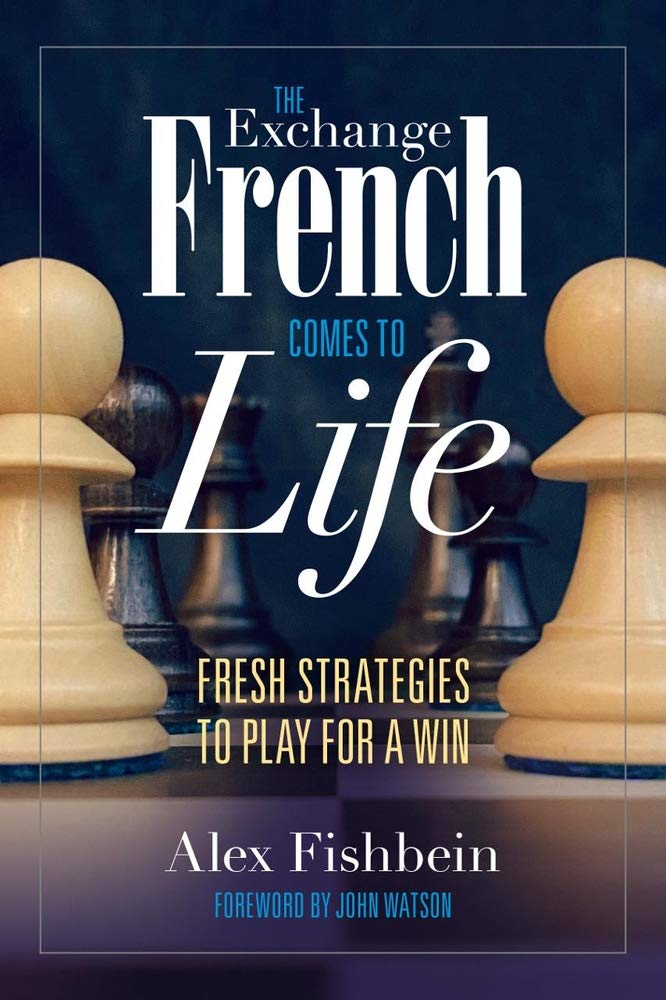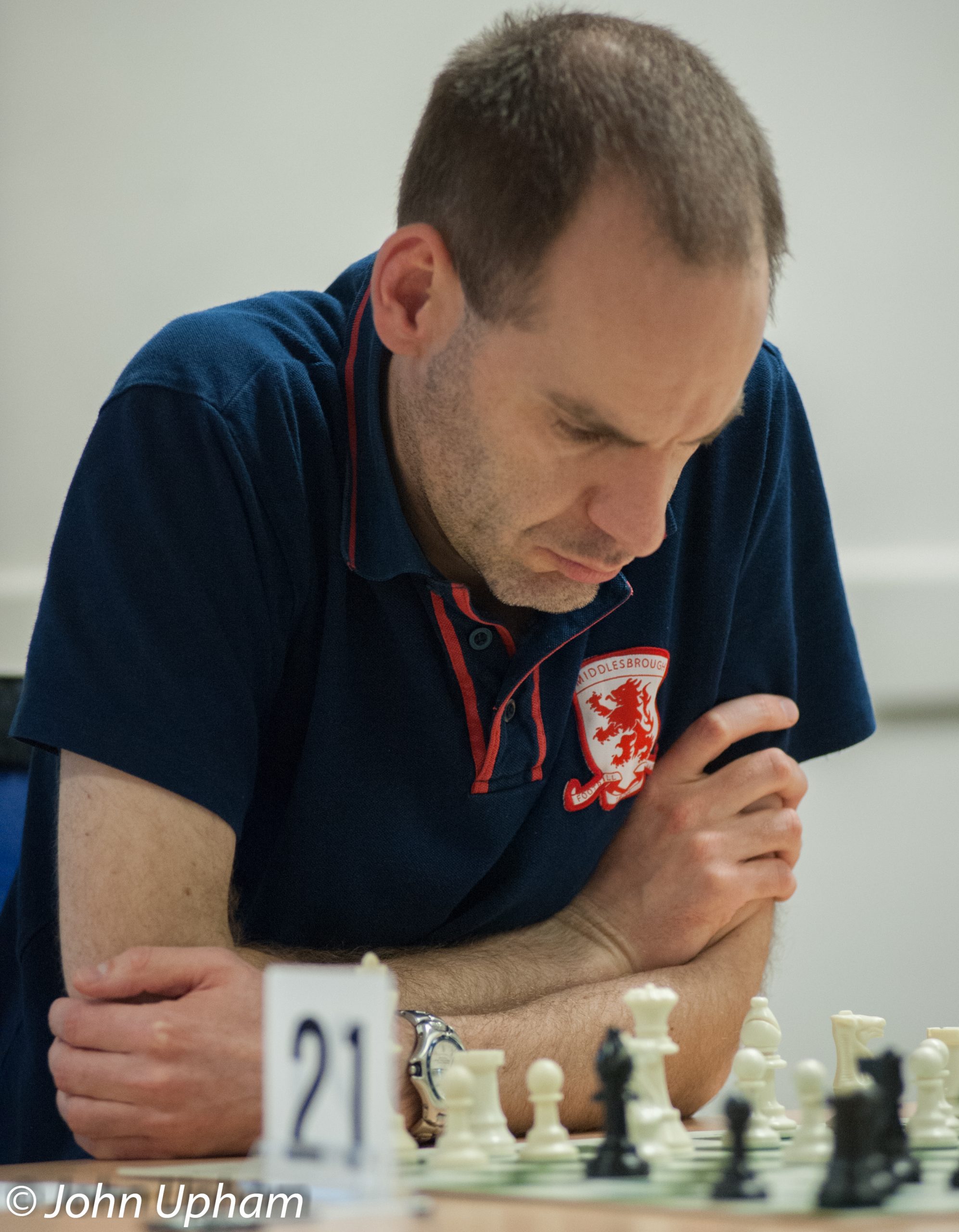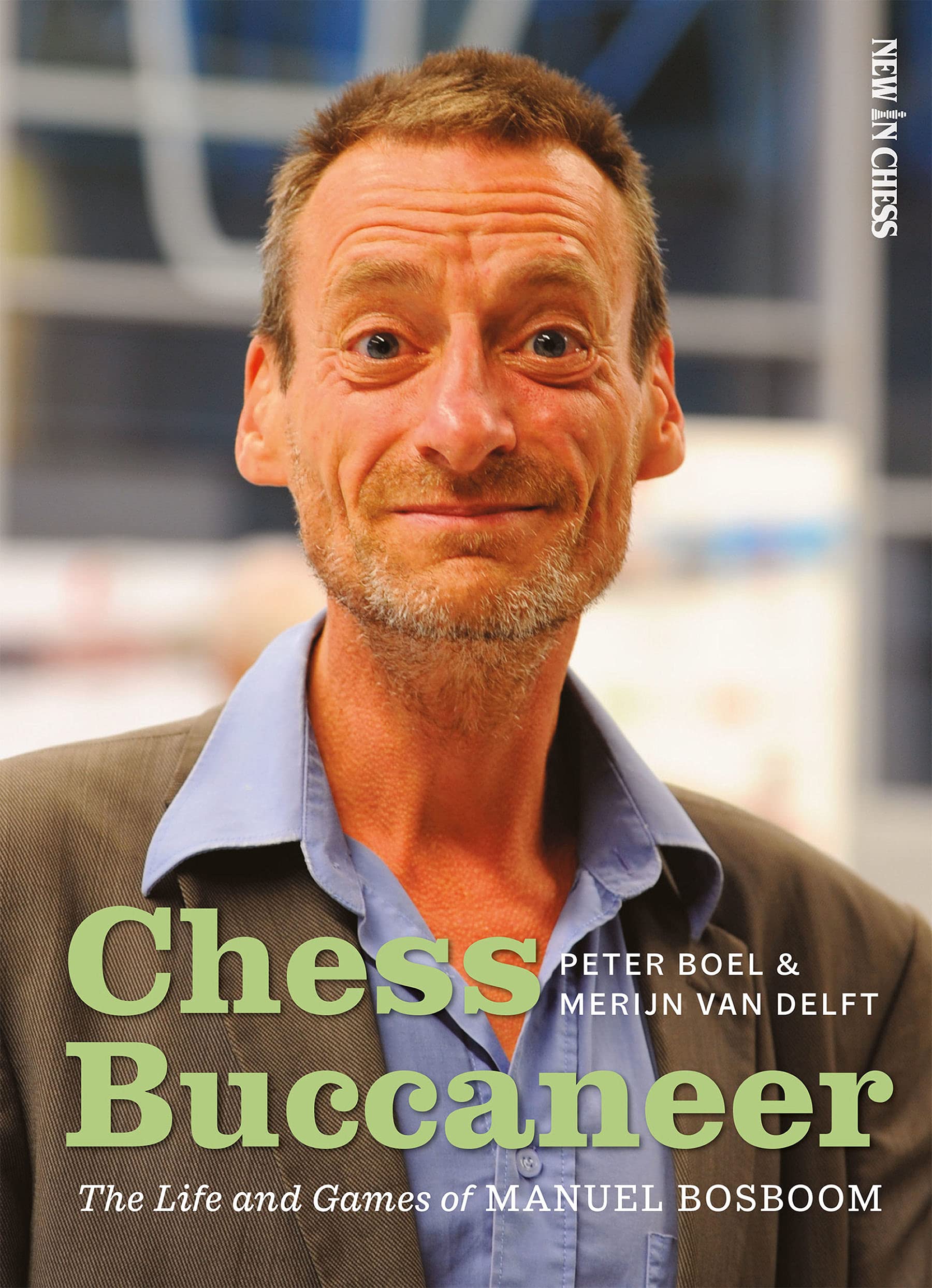
From the publisher:
“There aren’t many chess players who can say they’ve both beaten Garry Kasparov in an official blitz game and crushed Peter Leko in a classical game in 26 moves. And who regularly win blitz tournaments high on marihuana. But then Manuel Bosboom is not an ordinary chess player.
The Dutch International Master never made it to the top in chess, but over the course of his swashbuckling career he has produced an astonishing amount of brilliantly creative games. When Manuel Bosboom enters the room, a smile appears on every chess players face. Not only is he an exuberantly colourful player, he also leads an unconventional existence. His enthusiasm for the game and zest for life are highly contagious.
This book offers a captivating collection of games and it also describes the adventurous life of the Wizard from Zaanstad, who grew up and still lives in a picturesque shed next to a 17th century windmill on the famous Zaanse Schans. You will be treated to many a stunning chess move, a wealth of hilarious but also touching stories and a vivid impression of the Dutch chess scene in the late 20th and early 21st century.
Merijn van Delft is an International Master from the Netherlands. He has been a chess trainer for more than two decades and created instructional material both online and offline.
Peter Boel is a FIDE Master and a sports journalist who works as an editor with New In Chess. He is the author of two collections of short stories (in Dutch).”
My last review introduced you to a Chess Crusader. Now we have a Chess Buccaneer.
The Dutch IM Manuel Bosboom has been a cult figure in his native country for several decades, renowned for his bohemian lifestyle, adventurous and creative play, erratic results and brilliance at blitz. He came to the notice of a wider public recently when some of his games were featured in David Smerdon’s wonderful book The Complete Chess Swindler. Now we have a whole volume devoted to his life and games, written by two of his friends, Peter Boel, who was responsible for the biography, and Merijn van Delft, who provided the annotations.
Bosboom himself provides a foreword.
Meanwhile, I developed an affection for players like Alexander Alekhine, Mikhail Tal and Leonid Stein. My games became wilder, often leaving the opponent wondering: was this move a blunder or a sacrifice?! I didn’t mind! From my many blitz games I learned that you just had to keep going, regardless of the situation. A diehard attitude, quick board view and deft movements earned me a reputation in blitz.
He concludes:
Follow your Heart and use your Mind. Play without Dogma!
You’re promised some entertaining games, then, and that’s exactly what you’ll get.
From the authors’ preface:
If Manuel Bosboom didn’t exist, he would have to be invented. His unique, fascinating personality is bound to enrapture every true chess fan.
…
The book features 66 amazing games, as well as a number of other striking fragments that have been gathered and annotated by Peter in the chapters ‘Swindles’ and ‘Curiouser’. And of course we couldn’t leave out a collection of 36 combinations that the reader can try his hand at solving, with three different levels of difficulty.
We mixed this explosive material into a heady cocktail that we hope will get you pleasantly tipsy, and no hangover!
Chess is an adventure with many beautiful vistas. The great appeal of Manuel Bosboom is that he shows us that you can do things differently – in chess as well as in life. This is a marvellous gift for which we will never be able to thank him enough.
Chapter 1 takes us to the 1999 Wijk aan Zee blitz tournament, and demonstrates the game in which Bosboom beat none other than Garry Kasparov.
We then take a chronological journey through our subject’s life. Bosboom, born in 1963, comes from a Jewish socialist working-class family – the name was originally Nussbaum – and his father, Adriaan, is a talented, but commercially unsuccessful, painter.
Chapters 2 and 3 take him through his childhood and career up to 1990. At this time he favoured openings such as the King’s Gambit, so you’ll see a lot of romantic chess in these games, with brilliantly creative attacking play alongside mutual blunders.
Bosboom is famous for his early attacks with his g- and h-pawns, which sometimes result in sparkling miniatures such as this game. (Click on any move and a pop-up board will magically appear.)
Chapter 4, Manuel versus Computer, must be one of the shortest chapters ever to appear in a chess book. Just a four-move game. You’ll discover the reason later in the book.
Chapter 5 takes Bosboom through the 1990s, when he was perhaps, at the peak of his strength. He was now producing positional as well as tactical masterpieces.
I particularly enjoyed this game against Sofia Polgar.
Chapter 6 again interrupts the narration, this time for a short collection of swindles. Then Chapter 7 takes Bosboom from 2001 through to 2006.
We don’t just get Manuel Bosboom’s wins: there are draws and losses as well, such as this extraordinary game, played in the Dutch League. Bosboom was, as he often is, broke at the time so couldn’t afford the bus to the tournament venue, only just managing to arrive before the default time.
Chapter 8 is the obligatory (for this publisher, it seems) Combinations chapter, and then Chapter 9 takes us up to the present day.
Finally, Chapter 10 is entitled ‘Curiouser’.
Here are some episodes from Manuel’s chess life that may be even curiouser than what you have seen so far. Since ‘correctness’ is not a very prevalent characteristic in this chapter, the comments have been done in a slightly more ‘enthusiastic’ style than elsewhere in this book!
This is from Bosboom – Dvoirys (Leeuwarden 1997).
(Dvoirys) seemed to know nothing but chess in his life and would only mumble an unintelligible reply every time you asked him something.
The game concluded: 35. Rf5! Rf7 36. Be4! Rgg7 37. Rxe5
Dvoirys sat aghast, staring at the ruins of his position. Then he started fumbling with a big chocolate bar he had put beside the board, and suddenly squeezed it to pieces. These then fell out of his hands and onto the floor, and Bosboom watched in amazement how Dvoirys knelt down and started crawling around to collect all the pieces of chocolate.
It seems almost de rigueur these days that every chess book should include Hilarious Anecdotes, and this book, as you might expect, is no exception. They’re more likely to involve alcohol or marijuana (or marihuana, as preferred by the back cover) than chocolate, though.
For someone like me, who leads a very sober and boring life, and plays very sober and boring chess, it comes as quite a shock to meet someone like Manuel Bosboom who is, in both respects, my polar opposite. He is, I suppose very much a product of the Dutch counter-culture in that respect.
It’s again fascinating, from the UK perspective, to learn about the difference between Dutch and British chess culture. Here chess is seen very much as a game played either by small children in primary schools or by old men in draughty church halls, but in the Netherlands it seems very different. It’s also interesting to learn that Bosboom makes much of his meagre income from winning cash prizes in blitz tournaments: something almost unknown here, although it’s good to see that some enterprising organisers are now running blitz events with substantial cash prizes.
This book is well structured, well written (the English is not always entirely idiomatic, but no matter) and well produced. Merijn van Delft is rapidly earning a reputation as one of the best chess writers around and his annotations here are excellent, pitched at just the right level to be accessible to all readers.
The world needs eccentrics, and the chess world benefits enormously from the presence of the likes of Manuel Bosboom. Playing through his games – his fiascos as well as his successes – will, if you follow his example, add creativity and excitement to your chess. Whether it will also improve your rating is, I suppose, another matter entirely.
I really enjoyed this book in every respect. Bosboom’s life and games are both enormously entertaining and often wildly funny. The authors have done a fine and important job in bringing his colourful personality and chess moves to our attention.
This book, then, is very highly recommended for players of all strengths. Even if you’ve never heard of Manuel Bosboom, do yourself a favour and give it a try.
Richard James, Twickenham 6 January 2022

Book Details:
- Softcover: 288 pages
- Publisher: New In Chess (25 Oct 2021)
- Language: English
- ISBN-10:9056919814
- ISBN-13:978-9056919818
- Product Dimensions: 17.02 x 23.11 cm
Official web site of New in Chess


